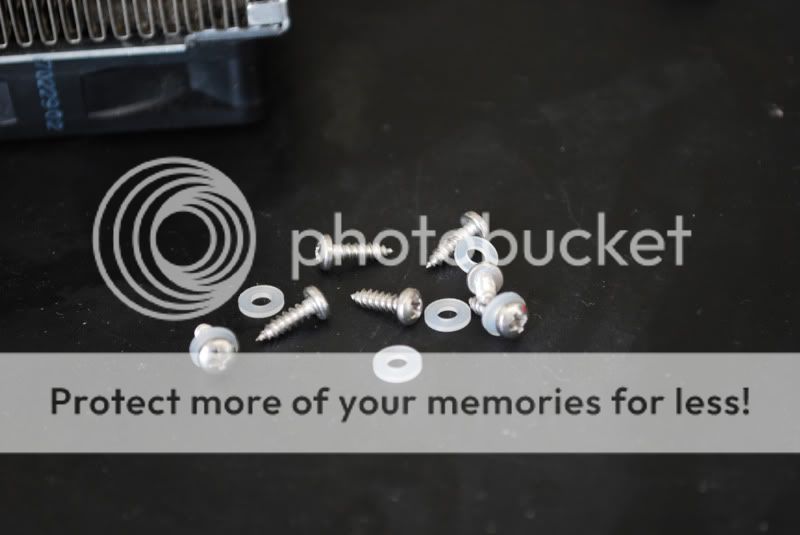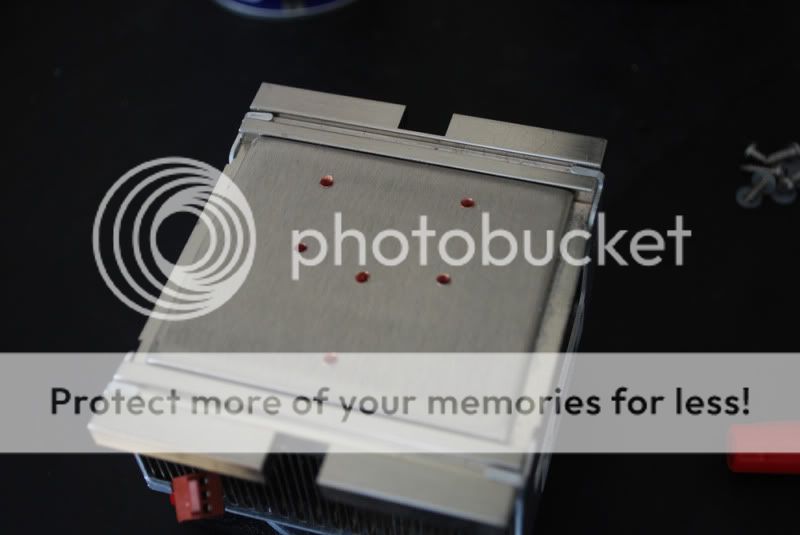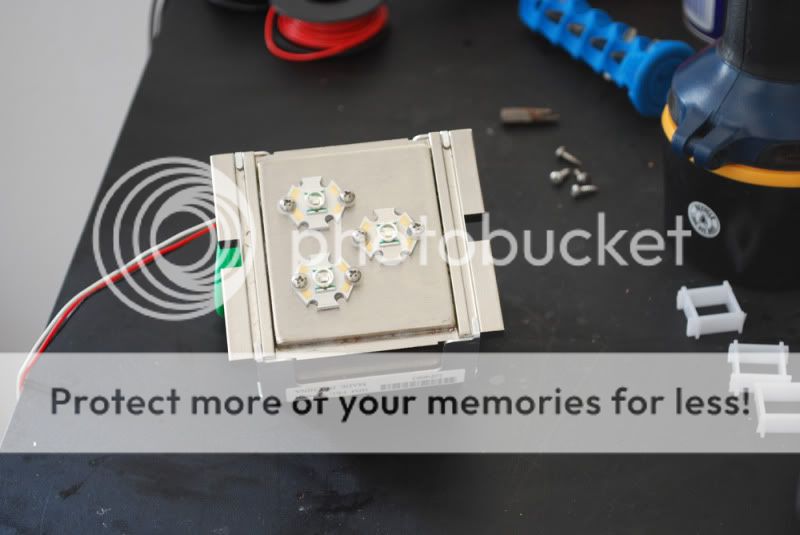der_wille_zur_macht
Team RC
<a href=showthread.php?s=&postid=15399937#post15399937 target=_blank>Originally posted</a> by nbc
I know most of you gents use CREE LEDs... but have any of you used SSC LEDs?
Reason i ask is that they are easier to get over here in the Philippines.
Just want to know if you have tried these and if they are okay.
Here is an ebay link to the kind of SSC LEDs that i can get here.
http://cgi.ebay.com/New-SSC-P7-Whit...8b4aa282&_trksid=p3286.c0.m14&_trkparms=65:12|66:2|39:1|72:1205|293:1|294:50#ht_2897wt_907
They come in 1 W, 3W and 10W types.
nbc
Someone can correct me if I'm wrong, but I'm pretty sure SSC buys raw emitters from another vendor (Cree or Philips?) and repackages them, so the performance should be very similar.




